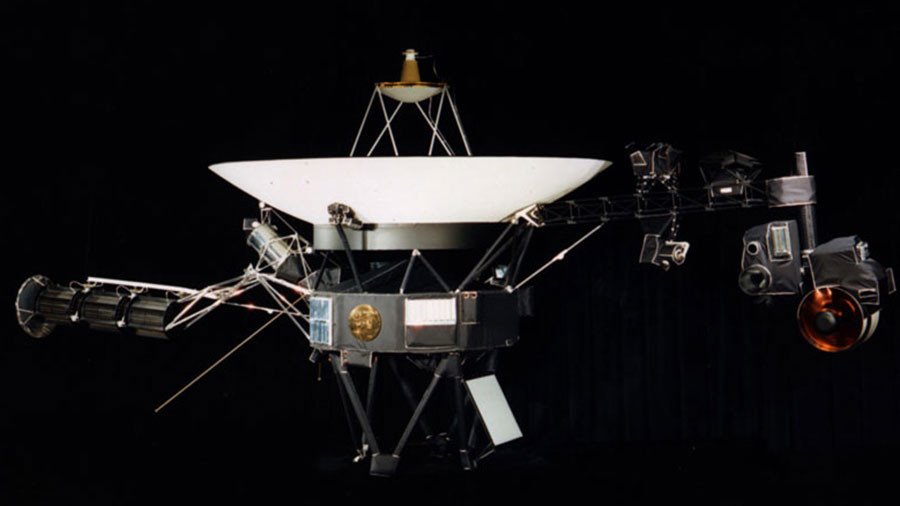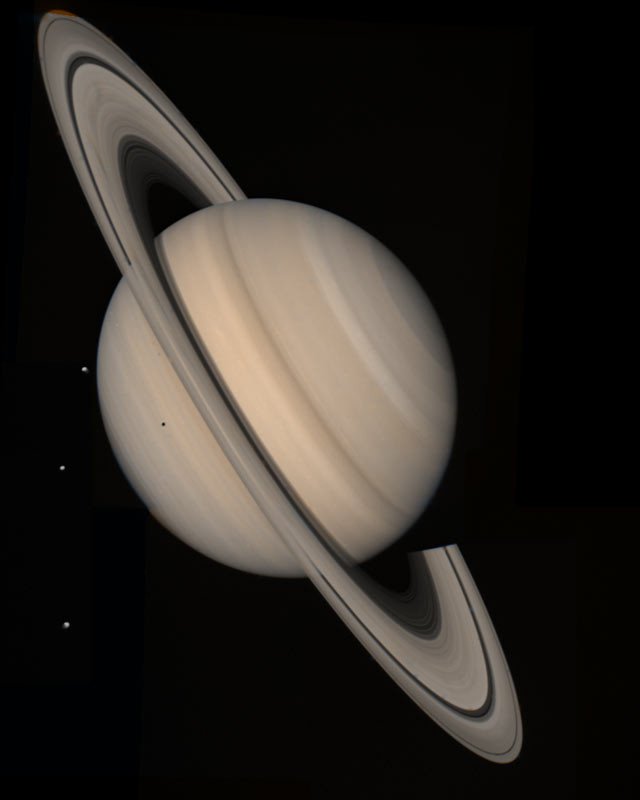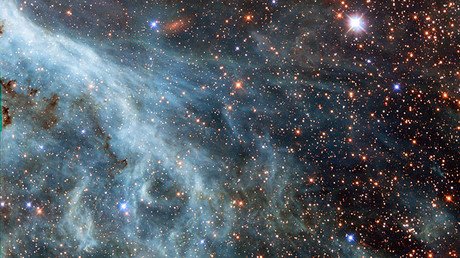Is there anybody out there? Voyager 1 fires up thrusters dormant since 1980

If you had a car sitting in a garage for nearly forty years you’d forgive it for not starting with the first turn of the key. Now imagine it’s 21 billion kilometers from home and you just heard that engine purring from interstellar space.
For car read Voyager 1, and for engine read a set of four trajectory thrusters, and that’s exactly what NASA boffins have done. The handlers of Voyager – the farthest and fastest human-made object in the universe – fired up that set of thrusters, which had lain dormant since 1980, in order to orient the probe and thereby maintain its communications link with Earth.
The thrusts lasted a mere 10-milliseconds, but due to the colossal distance between the probe and its home planet the commands took 19 hours and 35 minutes to reach Voyager. The team then had to wait the same amount of time to find out if their orders were heeded. They were.

“The Voyager flight team dug up decades-old data and examined the software that was coded in an outdated assembler language, to make sure we could safely test the thrusters,” the chief engineer at NASA’s Jet Propulsion Laboratory, Chris Jones, said.
“The Voyager team got more excited each time with each milestone in the thruster test. The mood was one of relief, joy and incredulity after witnessing these well-rested thrusters pick up the baton as if no time had passed at all,” Jones’ colleague, Todd Barber, added.
The probe began its epic journey on September 5, 1977, sending us back a wealth of information, including some stunning photos of Saturn and Jupiter and their many moons.
In 2013, it crossed the rubicon in leaving our Solar System to continue its journey out into the stars.
The spacecraft had been relying on its primary thrusters to keep it oriented, but these have degraded over time. These backup thrusters will give Voyager an extra year or two of life, before it loses connection with its home planet and disappears into the abyss of space. Perhaps it will be stumbled upon by an alien civilization that will wonder what strange creatures put it there – and its mission will have been accomplished.













